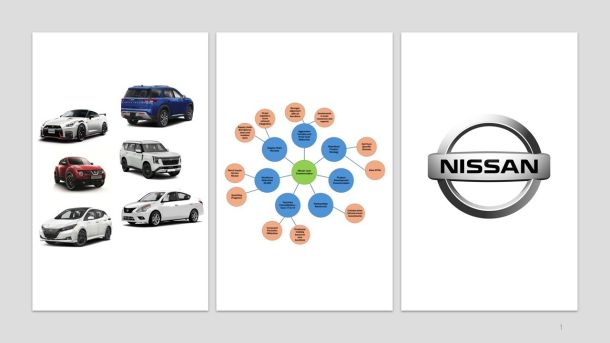Scenario Planning for South Africa 1990
Did Hitler think about scenario planning before he invaded Russia in June 1941? Debatable. My simple point of view is like this : he was running out of oil to continue the extended war – the only plausible scenario was to defeat the Russians, get the oil and keep firing on all cylinders till the enemies surrender. The outcome: millions of deaths.
Scenario planning is an applied discipline that triggers a set of steps to finally reach the selected strategy. Scenarios are coherent, credible, and plausible stories that describe different paths to alternative futures – this applies to individuals, businesses, and nations. The scenario planning discipline received a boost from Shell after its effort to explore alternative futures following the uncertainty in energy markets in the 1970s. Scenario planning is not a forecast. The latter relies on past events and present clues to predict the future within a range of probabilities. And because, discontinuities in the energy sector business environment where average investments are large and projects lead times are extended, cannot be predicted based on past events, adopted scenario planning instead of forecasting.

South Africa Scenarios
In 1991, South Africa’s future was far from certain. On February 11th, 1990, Nelson Mandela walked out of jail into a country hoping to transform, rediscover its purpose and growth with its people into a promising future. But South Africa was not a sunnier version of Denmark. There were conflicts. In the Mont Fleur scenario exercise, carried out by Global Business Network consultancy firm in San Francisco, South African representatives from different entities thought about possible futures for South Africa from 1992 to 2002. The Mont Fleur hotel hosted this historic event. There were four plausible and relevant futures concluded by the participants.
The first is the Ostrich scenario where the country’s government continues to be non-representative and there was no negotiated settlement. The second is the Lame Duck scenario where even with a settlement, transition is slow and indecisive. The third is Icarus scenario characterized by rapid transition but with unwise new government policies. The fourth is the Flight of Flamingos scenario where the country is on the path to growth and democracy. Scenarios have names, they can be imagined, narrated and challenges – just like stories. The four names above establish common vocabulary and understanding between the stakeholders. This understanding goes beyond the 22 South African participants discussing the scenarios behind closed doors – the common person knows the depressing behavior of an ostrich and the beauty of the flamingos taking off in grace.
Scenarios show us possible futures. This is exactly what Hitler missed – swift victory, uphill extended challenge to victory, surprising defeat – all with or without acquisition of oil from the South of Russia. Scenarios are about possible futures not only likely ones. Using probability sidelines that storytelling quality of scenarios. Scenario planning can be an effective counter strategy when your brain stonewalls about the next step; when we imagine the future as a story we create much bigger space for our brains to imagine, create and choose.
Keep asking the right questions.
Thank you.
For more on Scenario Planning please look up Shell Scenario Planning and the Mont Fleur Scenarios summary.


